Coffee, after oil, is the second most traded commodity on the planet with Brazil, at 45 million bags per year and 40% of the world’s production, producing more of it than another nation on the planet. Traditionally, the Brazilian coffee industry (big emphasis on industry) was known for its promotion of quantity over quality. Historically, a lack of sophistication on the part of the world’s coffee consumers, and an expanding market for raw caffeine with an increased demand for instant coffee after WWII, allowed the Brazilian coffee industry to call the shots on international pricing with bean quality being a secondary emphasis.
Beginning in the 1980’s, and heavily influenced by the 3rd Wave movement in coffee that began in the late 1990’s, Brazil has been forced to reconsider aspects of their industry. Though still thought of as a nation that primarily produces beans for blending, Brazil has begun receiving acclaim for its single-lot coffees as it pivots toward consistently producing beans of a world class standard.
The Brazilian coffee industry began in 1727 when Portugese Sergeant Major Francisco de Melo Palheta seduced the wife of the governor of French Guiana, who in return gave him the precious coffee seeds he (and Brazil) had been seeking. Coffee immediately spread throughout Brazil, but it wasn’t until the early 19th century that American and European demand for the bean created the first major coffee boom. Brazil’s coffee production continued to blossom in part through the use of African slave labor, which was finally banned in 1880. At which point, with the industry in mired in a devastating labor crisis, European immigrants filled the demand, bringing with them their own distinct cultures, heralding the second Brazilian coffee boom.
By the 1920’s, Brazil exported nearly 80% of the world’s coffee, along the way establishing controls that determined the price of coffee all over the planet, a system that influences coffee prices and wages to this day. Brazil, with 3.5 million people involved in the industry, is also one of the world’s largest coffee consumers, though historically wary of ‘sophisticated’ coffee drinks like the Frapuccino or, say, a quad mocha. But as with their recent emphasis on quality over quantity, nevermind an international public’s ever-expanding palate, that too is changing.

